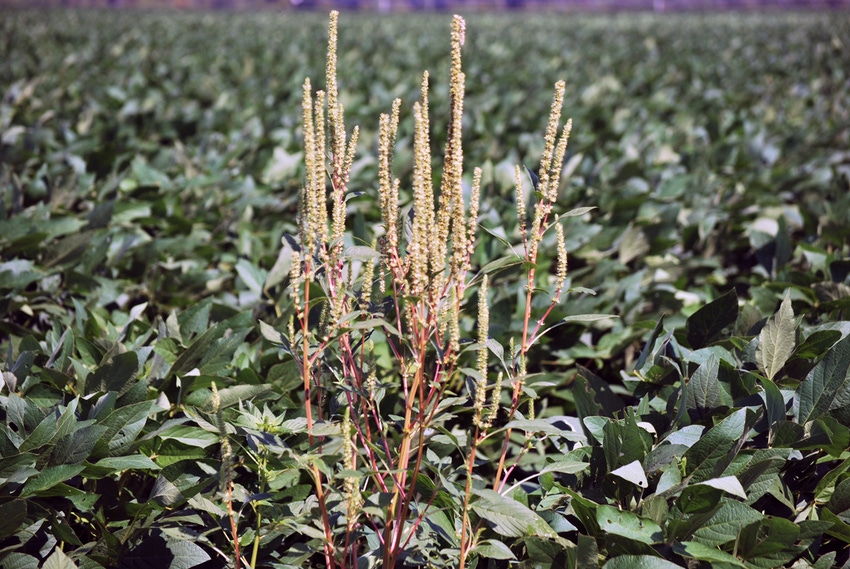
North Carolina State University Extension Weed Specialist Wes Everman has continually issued warning bells that resistance to PPO inhibitors is a real concern for North Carolina farmers. It is a message he will continue to deliver in 2016.
Speaking at the 2015 fall convention of the North Carolina Agricultural Consultants Association in Raleigh Dec. 4, Everman said PPO-resistant palmer Amaranth has been confirmed in Tennessee and Arkansas. “I’m pretty confident we have it in Palmer here. And we’re most of the way down the road toward confirming it in ragweed here as well,” he said.

Even though there is suspected resistance to PPO inhibitors, North Carolina State University Extension Weed Specialist West Everman says it is critical to keep the technology in the mix.
Even though there is suspected resistance to PPO inhibitors, Everman stressed that it is critical to keep the technology in the mix, and on the majority of soybean acres in North Carolina PPO-inhibitors will still work. “We are going to need to protect these technologies,” he said.
PPO-inhibitors have a place in late burn down applications in soybean production, Everman noted. However, farmers need to include residual herbicides as a part of their weed control program.
“You can apply dicamba and 2, 4-D right up to planting. It extends that window for late burn down. We still really don’t want to be spraying big weeds. You need to get them small. They are easier to control when you get them small. When you get some size to them, they are going to be difficult to manage,” he said.
Everman said a good pre-emergence program provides good residual control of palmer Amaranth in soybeans. A good tank mix is critical, he said, and it is important to include dicamba as part of the mix.
Everman’s research shows that not having dicmaba in the tank mix, reduces palmer Amaranth control down to about 60 percent average control while including dicamba in the mix pushes control all the way up to 75 to 80 percent control.
“Bumping that dicamba rate up to 16 ounces puts you near 90 percent control,” he said. “Having these combinations looks better than having PPOs alone or dicamba alone. Having PPOs with dicamba really helped out in our activity,” he said.
Timeliness is key in effective weed control. “You have to get these Palmers when they are small,” Everman said
For example in cotton research conducted by N.C. State’s Alan York, an application of Liberty alone on two inch palmer Amaranth offers 90 percent control on average. The benefits of adding dicamba to the mix are seen when the pigweeds are 8 to 9 inches tall, according to York’s research. With dicamba as part of the mix, control is 70 percent on the bigger weeds, compared to control of just 35 to 40 percent with Liberty alone.
“As Dr. York would point out right away, even that combination doesn’t get you to where Liberty alone is on two- inch weeds so timeliness is the key no matter what we’re going out there with. Liberty alone is still going to be the best bet and getting it on those small weeds. Having dicamba isn’t going to be the silver bullet to do salvage treatments,” Everman told the crop consultants.
“We don’t want to get in that mindset of salvage. I can’t stress that enough. We really need to manage for resistance to avoid it. Avoiding early season competition might be the carrot to push the farmers toward it,” Everman said “Even though we can clean it up; we don’t want to be allowing that early season competition. Get out there early and be timely; it’s going to put a little more money in your pocket.”
About the Author(s)
You May Also Like






